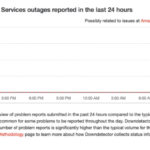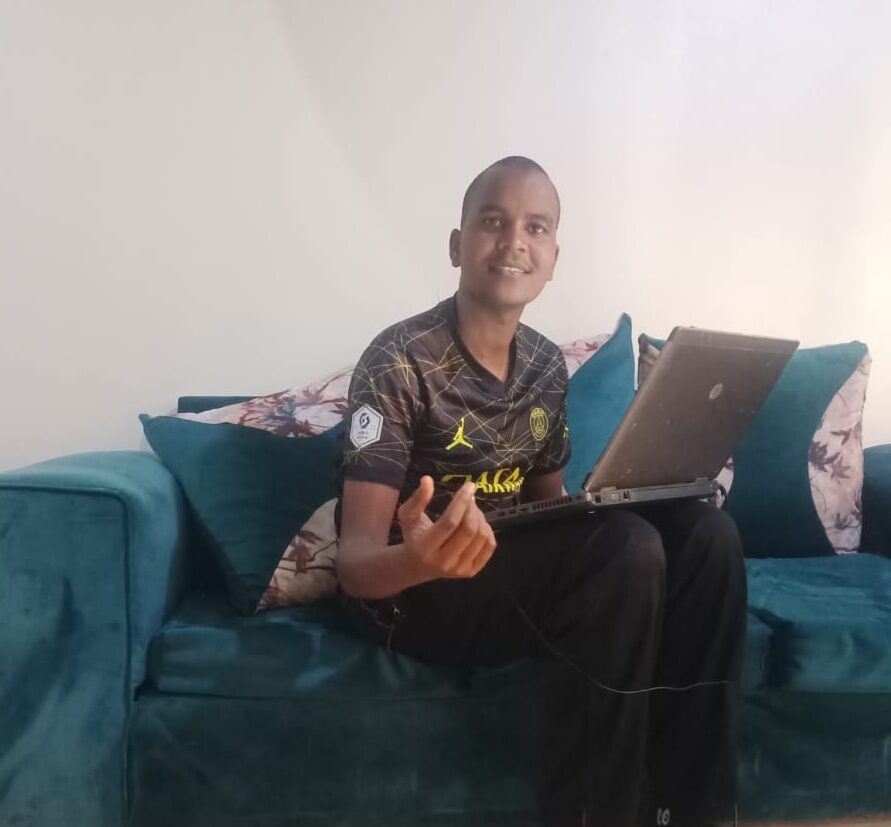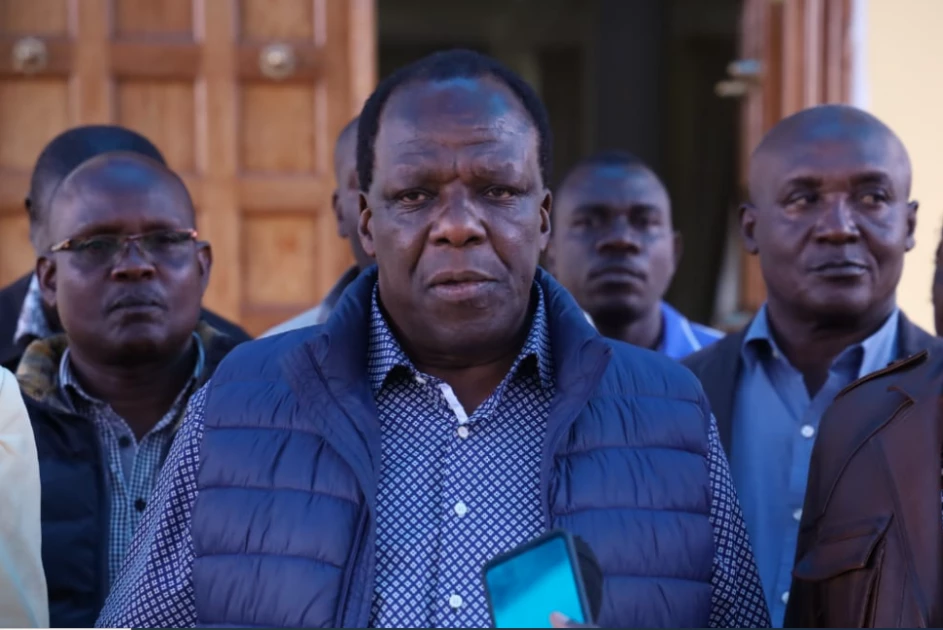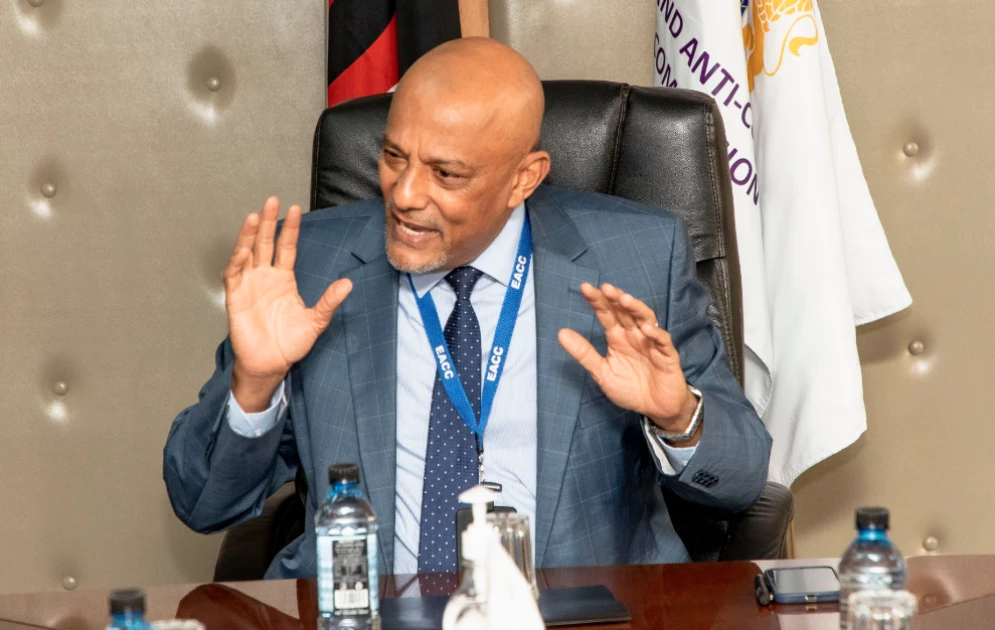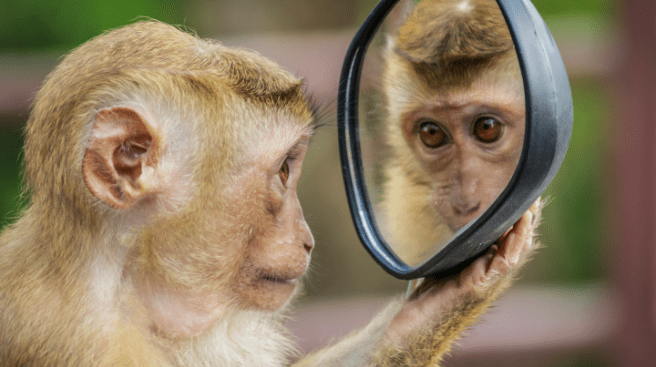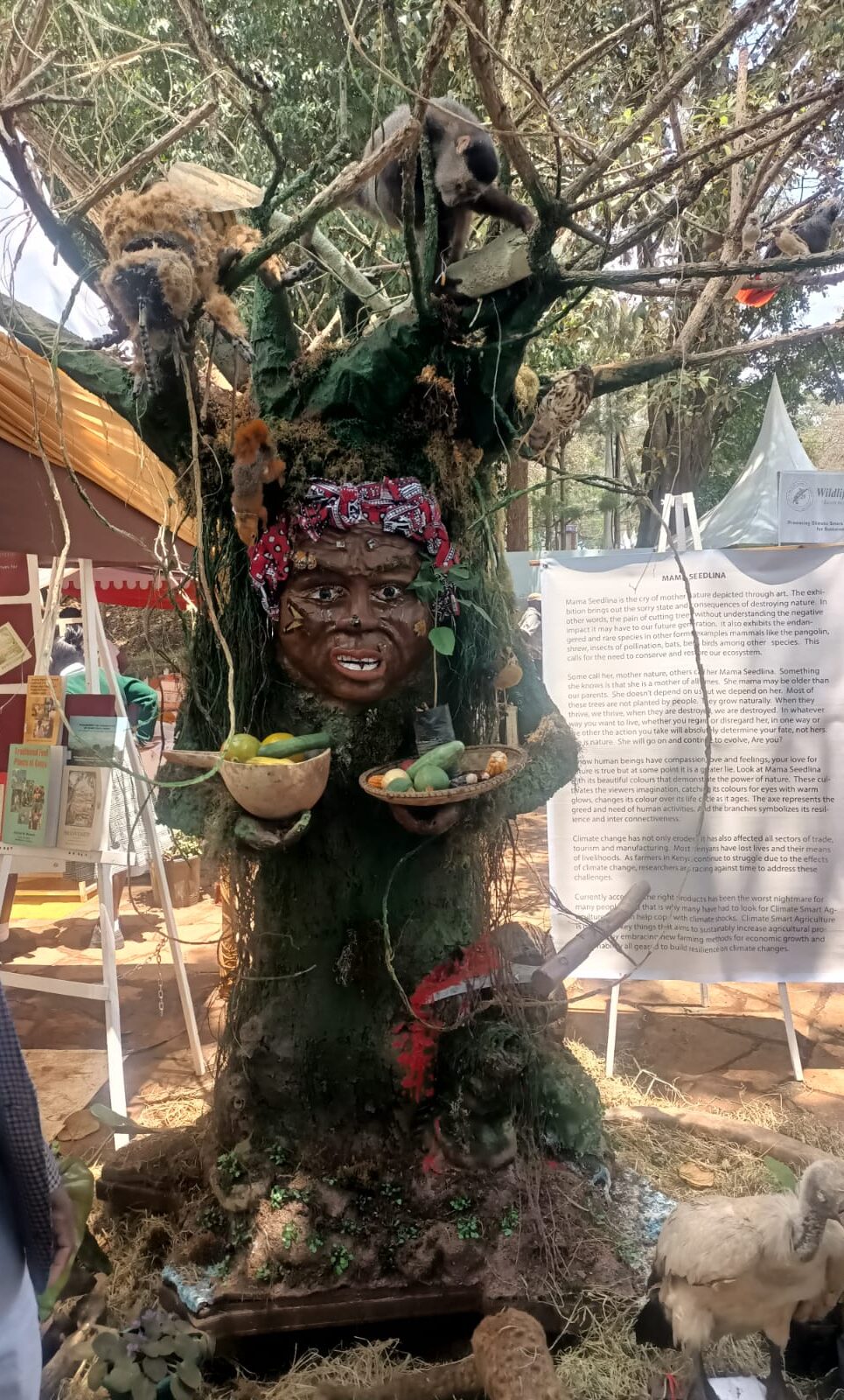
The Most Festive Celebration and Holidays in Kenya
Reading Time: 2 minutesKenya’s calendar is teeming with a rich tapestry of diverse celebrations and holidays. Providing a unique insight into the nation’s cultural diversity and historical importance. In the year 2020, following the Statute Miscellaneous Amendment Act N0. 29 of 2020. Kenyan’s second President, Daniel Arap Moi, was a public holiday set for October 10 and underwent a formal renaming process. It was initially changed to Huduman Day and later to Utamaduni Day. The purpose of these changes was to honor and celebrate Kenya’s rich cultural diversity. In Kenya, October 10th popularly known as 10-10 is not a widely recognized or celebrated holiday like other holidays. The nation observes a range of national holidays and cultural celebrations throughout the year. Each with its own special significance. However, October does not hold any particular significance as compared with other calendar events. The most notable holidays and celebrations in Kenya include Jamhuri Day. Celebrated on December 12th to commemorate the country’s independence from British colonial rule in 1963. This is ranked the most memorable event to be celebrated. Secondly, Madaraka Day, observed on 1st June, marks the day Kenya attained self-rule in 1963. Madaraka Day celebrations typically include patriotic parades, cultural displays, speeches by government officials, and various public events across the country to honor and remember this important milestone in Kenya’s history. Labour Day, observed on May 1st, honors workers and their crucial contribution to the nation. It is also referred to as Worker’s Day and focuses on workers’ rights and labor movements, emphasizing the importance of fair labor practices, safe working conditions, and workers’ welfare. Kenya also pays tribute to its heroes and heroines who played pivotal roles in the struggle for independence on Mashujaa Day, Celebrated annually on October 20th. The word ” Mashujaa” is a Swahili word that translates to heroes. Among prominent figures celebrated on this day are the Kapenguria Six, including 1st President Mzee Jomo Kenyatta, Achieng’ Oneko, Paul Ngei, Fred Kubai, Kung’u Karumba, and Bildad Kaggai. Who made significant contributions to Kenya’s path to freedom. Additionally, heroes like Dedan Kimathi and Mekatilili wa Menza are actively remembered on this day for their unwavering commitment to Kenya’s sovereignty. Furthermore, Christmas and Easter hold religious significance and entail special church services and family gatherings. Christmas is observed on December 25th, while Easter falls on a date that varies each year. For Kenya’s Muslim population, Eid al-Fitr and Eid-Adha are significant religious holidays. Marking the end of Ramadan and the festival sacrifice. Also, these dates vary each year based on the lunar calendar. In conclusion, October 10, 10 of every year may see some local events or activities organized by individuals or organizations for various reasons. It is not a nationally recognized holiday in Kenya and does not have a widespread celebratory tradition in the country as compared to other holidays.

